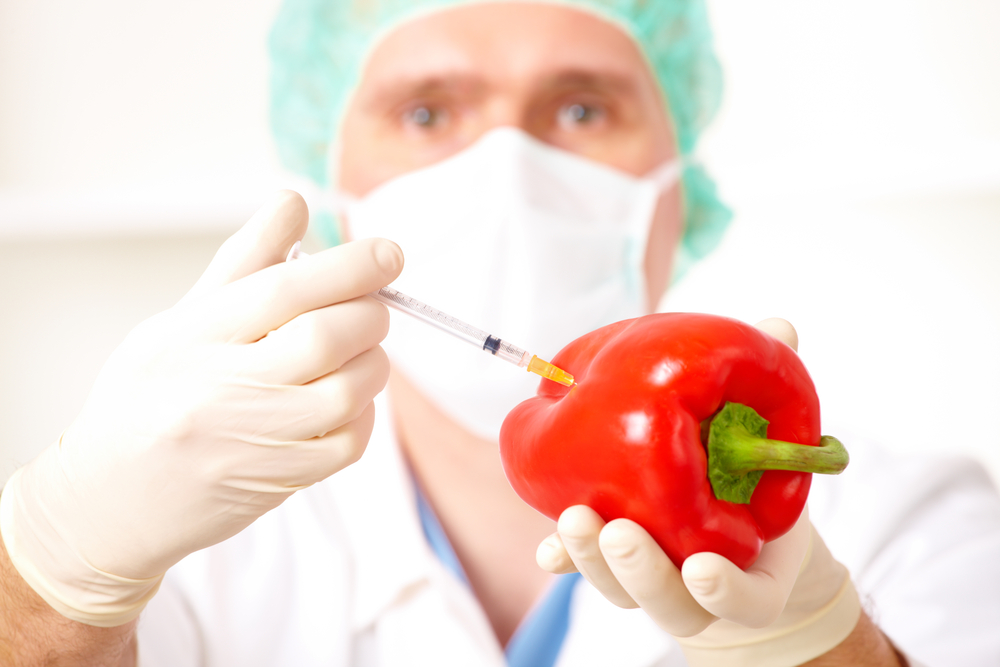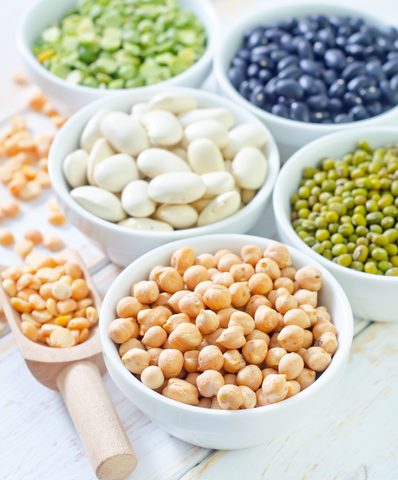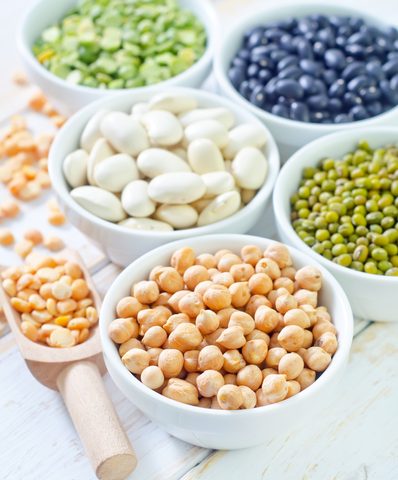In the last installment of this article, I showed that adding beans to your diet can improve your health in many ways, such as lowering the risk for cancers, improving blood sugar, helping your intestinal flora and slowing the aging process. Yet, despite these clearly-documented benefits, many are concerned about beans. These concerns stem mostly from ideas set forth by the paleo community.
The paleo-take on beans is that humans did not consume beans until our more recent history, say 8-10 thousand years ago. The argument continues that this timeframe would not allow us to adapt to beans. They also claim that beans have phytotoxins that can damage our intestinal lining, trigger autoimmune disease and take nutrients out of our bodies. A further problem is that many people who have avoided beans, now notice digestive symptoms if they add them back into their diets, even if they never had issues before. Let’s look at these concerns one by one.












